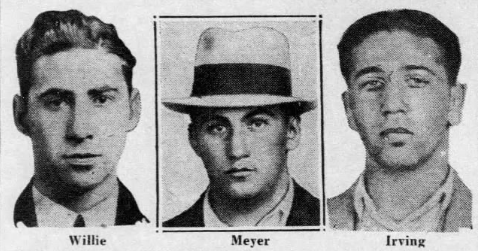In the ruthless underworld of 1930s New York City, power was a currency more valuable than blood—and it was paid in full by the Shapiro brothers.
Meyer, Irving, and Willie Shapiro were born into the rough streets of Brooklyn, destined for infamy. Jewish-American mobsters to their core, the three brothers carved out their empire in the crime-infested neighborhood of Brownsville, wielding power through fear, loyalty, and a tightly-run criminal syndicate. Their operations were entrenched in the Brooklyn garment industry—an empire built on labor racketeering, extortion, loansharking, gambling, and prostitution.
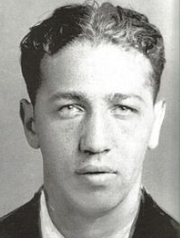
But in a city already bleeding from mob wars—Masseria versus Maranzano, Schultz versus Coll—there was little room for rising stars. And the Shapiro brothers were rising fast.
By 1931, Brownsville pulsed with tension. The Shapiros’ dominance over the garment industry in Williamsburg began to threaten the longtime titans of the trade: Louis “Lepke” Buchalter and Jacob “Gurrah” Shapiro (no relation). Buchalter and Gurrah had inherited their turf after the 1927 assassination of their former boss, Jacob “Little Augie” Orgen. For years, they reigned unchallenged—until the Shapiros moved in.
What followed was not a war. It was a slaughter.
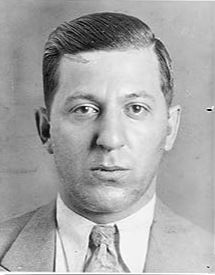
Meyer, the boldest and most infamous of the three brothers, gained notoriety for reportedly surviving nineteen assassination attempts. His courage in the face of bullets was legendary—but, oddly, he had a paralyzing fear of knives. Irving, the elder brother, was the businessman, the strategist, the brain behind the operations. Willie, the youngest, was ruthless and loyal to the family’s cause to the bitter end.
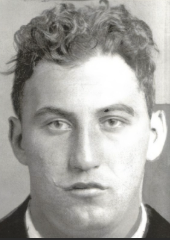
The brothers’ fatal mistake came when they tried to stifle a mutiny from within. A young foot soldier under their control, Abe “Kid Twist” Reles, had ambitions too large for the Shapiros’ liking. Reles, along with fellow upstarts Martin “Bugsy” Goldstein and Harry “Pittsburgh Phil” Strauss, began skimming profits and running an unauthorized bookmaking operation. When the Shapiros cracked down, Reles knew it was only a matter of time before they silenced him for good.
So he struck first.
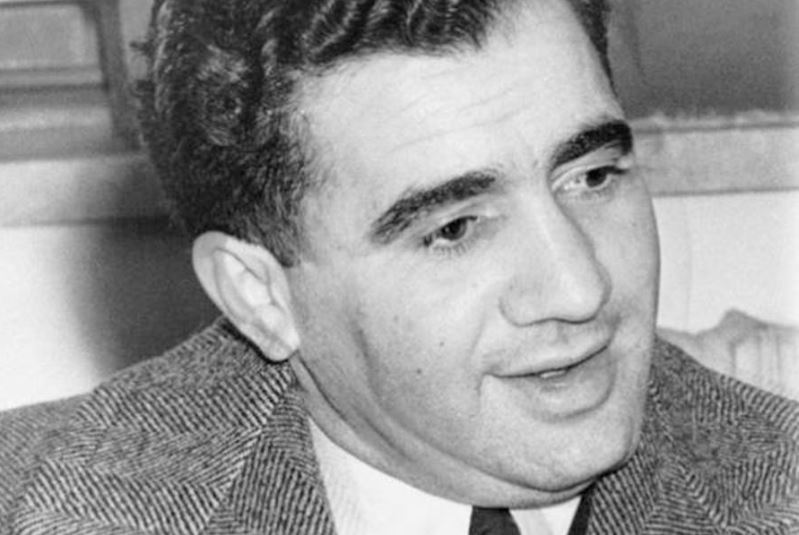
Aligning himself with the neighboring Ocean Hill gang run by Frank Abbandando, Reles orchestrated a merger of muscle and ambition. With the approval of Abbandando’s boss, Harry Maione, the two gangs formed a lethal coalition known as “The Combination.” And behind them loomed bigger shadows—Albert Anastasia, Charles “Lucky” Luciano, and eventually the full backing of the National Crime Syndicate. The hit was authorized at the highest levels. The Shapiros were now marked men.
On July 11, 1931, the first strike landed. Irving Shapiro was returning to his apartment at 692 Blake Avenue. He noticed the hallway was dark—a trap. As he moved cautiously down the corridor, Reles and Goldstein emerged from the shadows. A gunshot staggered him. Then they dragged his wounded body outside and unloaded another eight rounds into him. Two of those bullets were for his face.
Meyer Shapiro, the infamous survivor, tried to retaliate. In a show of defiance, he and his crew sprayed bullets into Martin Goldstein’s pool hall from the rumble seat of a speeding car. But the old empire was crumbling.
On September 17, 1931, The Combination caught up with Meyer. They found him drinking in a Lower East Side speakeasy. Reles, Maione, and Goldstein lured him to the basement of a tenement building. There, in the damp and darkness, Meyer Shapiro was executed—shot through the ear, his body left to rot beneath the feet of a city that had forgotten him already.
Only Willie remained.
Three years passed, and Willie tried to hold the remnants of the Shapiro crew together. But the tides had shifted. Murder, Inc.—an organized murder-for-hire outfit operated under Buchalter and Anastasia—was now the undisputed killing machine of the Syndicate. The Combination had become its backbone, and Reles was its most brutal hand.
On the night of July 20, 1934, Willie Shapiro met his end in the most harrowing of ways.
According to later testimony, he was seized by Reles, Goldstein, Maione, and Abbandando. Dragged to a secluded marsh in Canarsie, he was beaten mercilessly—tortured for hours. Then he was taken to a sandpit and tied up. The men began to shovel. But rather than shoot him, they chose a more chilling fate: Willie Shapiro was buried alive.
A local man, hearing the commotion, claimed he saw the killers flee and unearthed the freshly packed hole. But he was too late. Willie had already suffocated beneath the weight of dirt and betrayal.
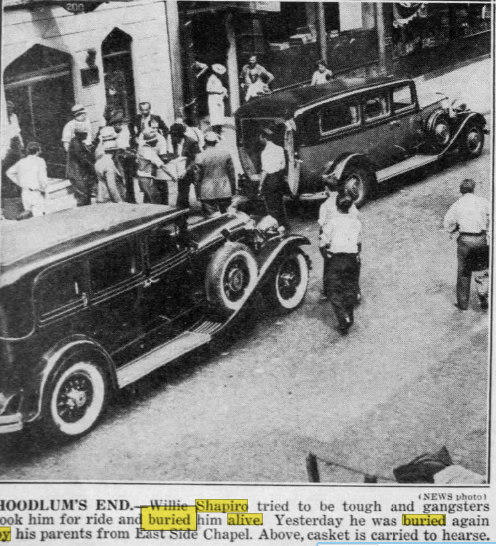
The story might have ended there, buried in that same sandpit with Willie. But in 1941, justice—or something like it—came calling.
Abe Reles, the very man who orchestrated the downfall of the Shapiros, was arrested. Facing the electric chair, he flipped. In whispered, trembling testimonies to District Attorney William O’Dwyer, Reles detailed the murders. He named names. He fingered Buchalter, Maione, Goldstein, and the entire hit squad of Murder, Inc. His cooperation led to a wave of convictions, including that of Louis “Lepke” Buchalter—the only major mob boss of the era to die in the electric chair.
Reles himself would never live to see the full fruits of his betrayal. In 1941, he “fell” from a window while under police protection at the Half Moon Hotel in Coney Island. Some say it was suicide. Others believe the Syndicate’s reach went farther than anyone had imagined.
Today, the story of the Shapiro brothers is a cautionary tale written in blood and shadow—a brief flame in the annals of gangland history, snuffed out by younger, hungrier wolves. They were men who clawed their way to the top of Brooklyn’s underworld, only to be devoured by the very street they once ruled.
In the end, it wasn’t the bullet that killed the Shapiros. It was the betrayal of their own kind.


